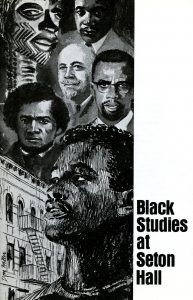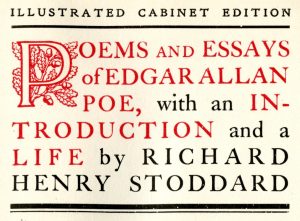“It’s Your World” serves as the maxim for the United Nations (UN), an organization that has been active in the promotion of fundamental human rights issues along with countless altruistic pursuits across the globe since the adoption of its charter in 1945. The work being done by the UN on a community-wide level encompasses the importance of fostering peace and positive social relations, eliminating illiteracy, and supporting the need for wide-spread and sustained educational initiatives. Each of the concepts also mirror the academic mission of Seton Hall and its impact upon the campus community in a myriad of ways.
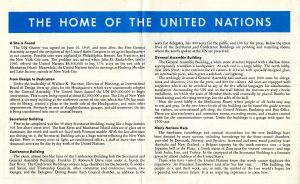
With October 2020 marking the 75th anniversary of the United Nations this is an opportunte time for Seton Hall to recognize their relationship with this worldwide association to build public awareness of its goals, sponsoring special thematic programs, and offering academic-centered links to classroom instruction and research opportunities among other activities. In recent years for example, Seton Hall has sponsored a Model UN team, UN Summer Program, the Center for UN and Global Governance Studies and a Certificate Program in UN Studies among other connected endeavors. This trend of advocacy has also been strengthened through the present-day work of the School of Diplomacy and International Relations and those connected with this entity, but the story of UN and SHU collaboratives can be traced back a number decades ago.
From the post-World War II period forward, Seton Hall has been actively involved with various aspects of world affairs and issues that impact the planet in general, and the UN in particular, with the creation of an International Relations Club during the late 1940s. In addition, the administration of Setonia has been very active in promoting the UN with regular correspondence between organization officials and event planning in tandem with frequent instances of faculty and connected student work. This outreach began in earnest under the leadership of Monsignor John McNulty during the 1950 and heightened further throughout the presidential term of Bishop John Dougherty (1959-69). Bishop Dougherty himself personally, or jointly sponsored a number of different symposia and philanthropic events that connected with UN causes both around Newark, and across most of Northern New Jersey during the 1960s.
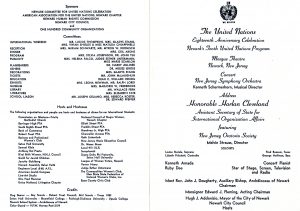
Counted among the affiliated organizations with the UN that have established close bonds with Seton Hall include the United Nations Association of the United States of America (UNA-USA) which has enjoyed a productive partnership over the last several decades. The UNA-USA (formerly known as the American Association for the United Nations, or AAM during the 1940s) bills itself as a unique alliance constituted of Americans who devote themselves to aid through action to the UN and its mission. With a membership that numbers over 20,000 (across 200 chapters across the nation), those who belong to any UNA-USA chapter are cohesive in their commitment to positive global engagement based explicitly on the goals set forth within the UN Charter proper.

In 2011, Seton Hall acquired the bulk of UNA-USA archival records from its then-national headquarters in New York City and includes materials that date back to the AAM years (the first iteration of the UNA-USA) into the previous decade (c. 1943-2011). Individual file entries include: Board Minutes, Members’ Day (i.e. UN Day), National Convention Transcripts, Members’ Day (i.e. UN Day), Policy-Iran Dialogue, and various Chapter Files from across the entire United States. In addition, these holdings have been further enhanced by a number of UN and other UNA-USA produced journals and promotional materials including: The Interdependent, Global Agenda, Vista, and the Washington Weekly Report among others.

October and early November also mark milestones in the lives of prominent women who are noted for their long-standing advocacy work and have an enduring presence within our various UN-related collections. The first is Eleanor Roosevelt (October 11, 1884 – November 7, 1962) who served as former Presidential First-Lady, Delegate to the UN General Assembly, and was commissioned as the first Chairperson of the UN Commission on Human Rights during the 1940s.
A number of materials within our UNA-USA files and contextual reference holdings bear her imprint and influence which has aided our research community in looking at the overall scope of the United Nations and its founding documents. Another important figure is Ms. Marsha Hunt (b. October 17, 1917) who just celebrated her 103rd birthday. Ms. Hunt is a retired actor, model, and activist who appeared in many acclaimed films including Pride and Prejudice (1940) among many others during her time in Hollywood. During the early 1950s, Ms. Hunt became deeply involved with UN-centered projects including the elimination of world hunger, building homeless shelters, awareness of climate change, and support of universal peace activism among other related causes.
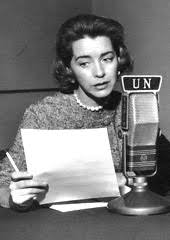
In an interview conducted with the author in 2018, Ms. Hunt noted that she began her life of advocacy after a return journey from around the world in 1956 that resulted in her credo that: “. . . we’re all a part of the planet.” From here she served in a number of capacities including an affiliation with the National Board of the UNA-USA along with a stint as their Vice-President while simultaneously engaging in numerous other activities on behalf of regional chapters in California and New York City that also complimented frequent speaking engagements across the country. Among her most effective contributions to the cause of UN involvement came with her producing and co-writing a documentary film entitled: “A Call From The Stars” released in 1960 that features a number of famous actors that have worked with Ms. Hunt including Bing Crosby, Paul Newman, and Harry Belafonte among others along with various radio programs and composing the words and music to the song: “Cry of a Refugee Child” during that same decade. When asked about the value of researching UN and UNA-USA activities, Ms. Hunt concluded that the importance is: “To learn about all the UN specialized agencies . . . to give audience members literature so that they might learn more. I never spoke of politics but only of helping people who were hungry and in need . . . Be a part of the planet, not the politics . . . “ continues to serve as her overall message.
Other individuals including Ms. Toby Gati (former U.S. Assistant Secretary of State for Intelligence and Research, 1993-97 and former Senior Vice President of the UNA-USA) who have supported the collection, Professor Courtney Smith of Seton Hall who facilitated the donation of materials to our repository, Mr. Edward Elmendorf (President and Chief Executive Officer of the UNA-USA) and many others including Ms. Sarah Burns, a friend and associate of Marsha Hunt who has served on the Boards of the National Women’s Political Caucus and the National Council of UNA-USA among other organizations has been very supportive of our efforts at Seton Hall on behalf of the UN and its lasting significance.

Ms. Burns in an interview done in conjunction with the author in 2018 provides additional and important context as a long-time advocate of the UN and UNA-USA especially from her grade school days when she learned of the organization in the Weekly Reader along with an early visit to the UN building in New York City. These seminal events led her to reflect that: “I was immediately mesmerized. I became fascinated by the UN and fell in love with it: I wanted to become a part of it and its important mission. Thus it became my professional goal to become a part of the United Nations and to help carry out its important work.” This involvement escalated further to include a major appointment as the Committee for Non-Governmental Relations (NGO) Liaison and later the Deputy Director for the Washington Office of the UN Development Programme (UNDP) where she headed this important agency for many years. This focus included extensive collaboration with the UNA-USA National Office while also serving as a representative to various governmental agencies while also engaging with media outlets including radio, television, international symposia and other means of communication to share needed information updates. When it comes to the need for continued research with UN and UNA-USA documentation, Ms. Burns noted that: “I hope researchers who come to see and work with this collection at Seton Hall University will discover the invaluable work that the UN does to protect refugees, eradicate poverty, support family planning and keep the peace. I hope that researchers and students will understand the importance of the UN and the meaningful role that those who support it can play, in particular those who can shed a public spotlight on the UN and its work, such as actors, performers and artists.”
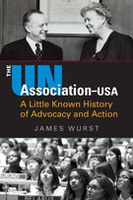
A number of researchers have already availed themselves of UNA-USA holdings in particular as long-time author, Mr. Jim Wurst wrote a detailed study of the organization in his book entitled: The UN Association-USA: A Little Known History of Advocacy and Action (Boulder, CO: Lynne Rienner Publishers, 2016), Mr. Wurst spent a number of years reviewing the UNA-USA collection and this work drew in large measure upon resources within UNA-USA Papers located within our repository combined with research collaboration efforts made with the School of Diplomacy and International Relations on campus. As the preface in this volume noted in effect: “The issue of international welfare combined with historical preservation offers our research community the opportunity to learn more about how the UNA-USA developed over time and continues to move forward into is seventh decade of activity.” Even today the work of Mr. Wurst has inspired others to collaborate with us on research projects that connect to the UNA-USA including a doctoral student from the Netherlands who is communicating with the Center via e-mail during the Fall 2020 semester at this time of Covid quarantine precautions and international travel restrictions in mind.

Along with the UNA-USA holdings, Seton Hall features a number of collections that connect to the UN and also others which have unique and specialized content. These include, but are not limited the following Manuscript Collections . . .
Nancy Forsberg Papers (Mss 0022) Nancy Elizabeth Forsberg was an expert in Hebrew culture and education. She was ordained in June 1951 and became pastor of the First Congregational Church in Union, New Jersey in 1967. This collection includes various files related to UN activities including the following topic areas: American Association of the United Nations (AAUN), Church Center for the United Nations; Israel and the UN; Middle East Affairs, 1954-67; Music and Prayer; Plays; Speaker Services; Specialized Agencies of the UN; United Nations 1952-62; UN Charter and Declaration of Human Rights; and Visual Aids among other content.
Thomas and Margaret Melady Papers (Mss 0072) Ambassador Thomas P. and Dr. Margaret B. Melady have been involved in diplomatic and international affairs since the 1950s, particularly on the continent of Africa along with multiple diplomatic posts for the United States. Former ambassador and SHU faculty. This collection includes various files related to UN activities including the following geographical areas: Angola, Botswana, Cameroon, Equatorial Guinea, Nigeria, and Sengal along with the Africa Service Institute among other entities abroad.
Donald M. Payne Papers (Mss 0078) Donald M. Payne was New Jersey’s first African American congressional representative and served as New Jersey’s 10th district representative from 1989-2012. During his time in Congress, Congressman Payne served on a number of important committees and was a leading advocate for education, democracy, and human rights. He has various files and photographs related to the United Nations within his collection holdings during his time in Congress.
Other prominent figures in our Manuscript Collections area from Rev. Edward Flannery to Msgr. John Oesterreicher to Sister Rose Thering also have UN-related content in their respective papers especially in regard to Israel. Additionally, New Jersey legislator Mr. Marcus Daly has an original manuscript of lecture notes entitled: “The Second Period of Collaboration: The United Nations” from the 1950s that focuses on the state of organization and the world in honor of its 15th anniversary of works. Further information on these and other UN references found within our Manuscript Collection can be provided via the following link – https://archivesspace-library.shu.edu/search?q[]=%22United+Nations%22&op[]=&field[]=keyword&from_year[]=&to_year[]=&page=1
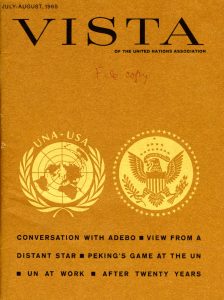
For more perspective on our academic partner, background details on the History and Mission of the Seton Hall University School of Diplomacy and International Relations can be found here – https://www.shu.edu/diplomacy/mission-history.cfm
In addition, Professor Lisa DeLuca of the University Libraries has produced a well-developed Reference Guide on the United Nations which can provide the researcher with relevant resources related to the United Nations and its operations. The site can be accessed here – https://library.shu.edu/un
For more information on documents related to the United Nations and the UNA-USA and other international or local queries alike please feel free to contact the Monsignor William Noé Field Archives & Special Collections Center via e-mail at: Archives@shu.edu or by phone at: (973) 275-2378.

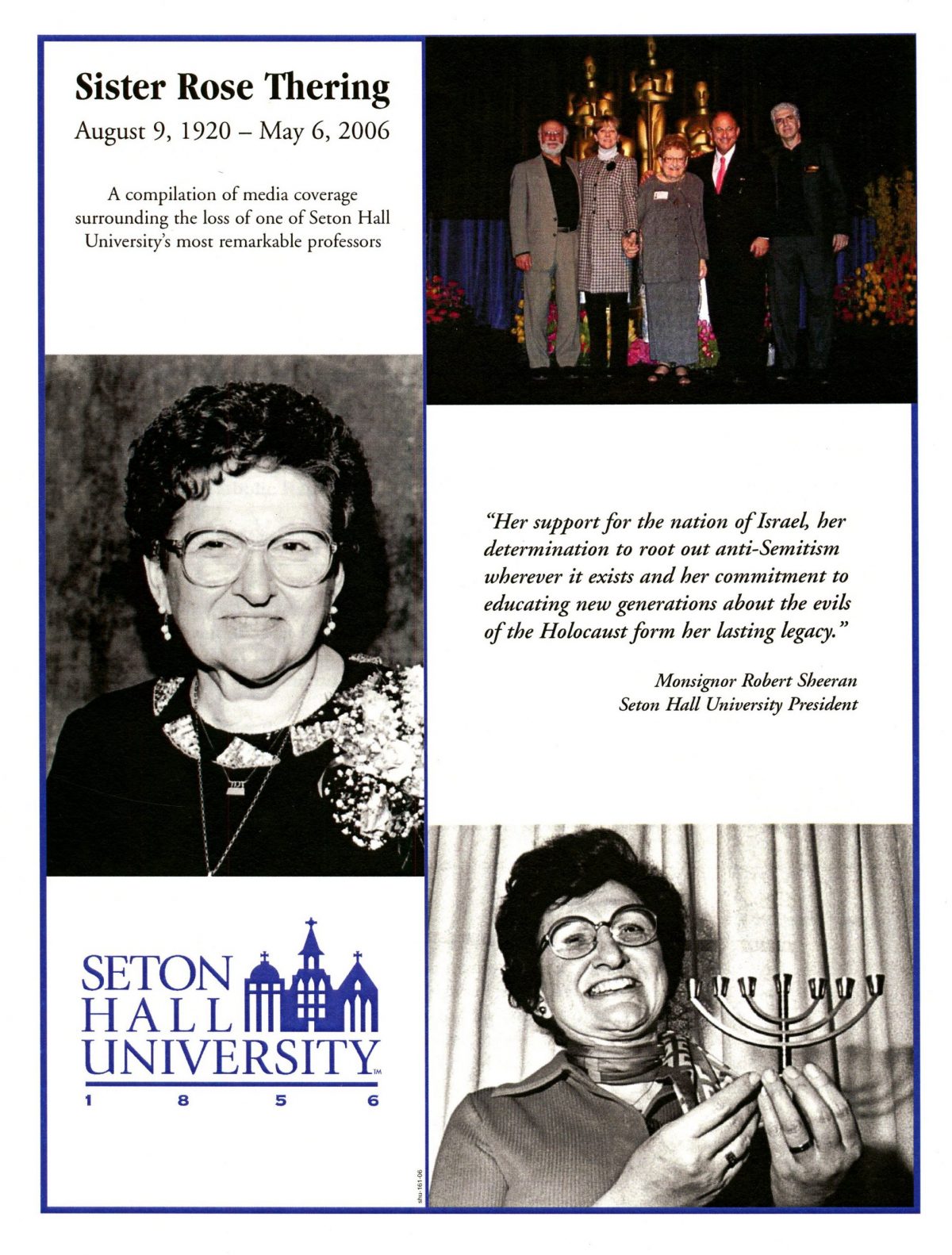
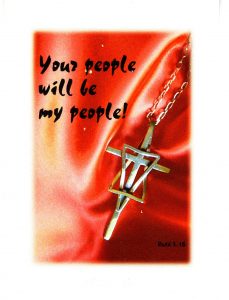
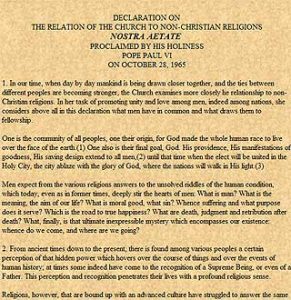
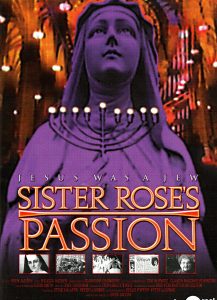
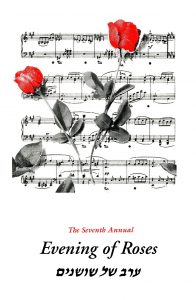

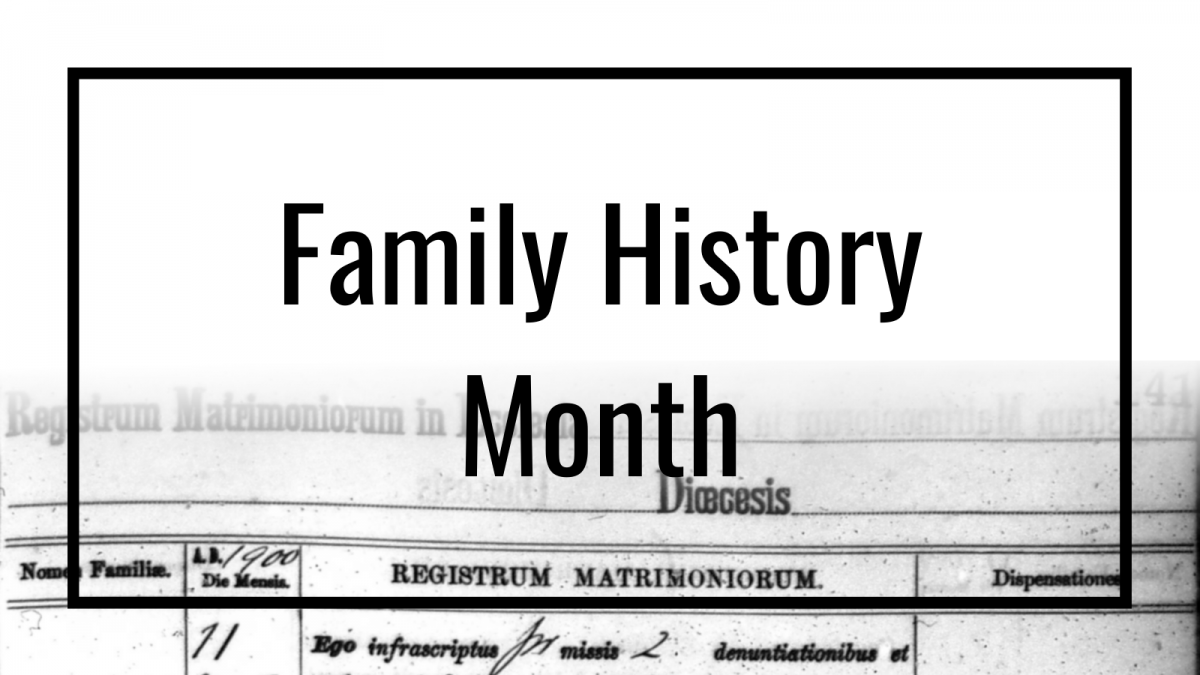

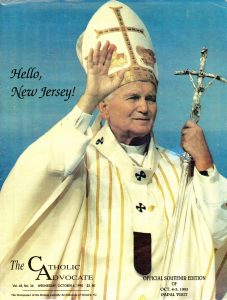
 The morning of October 5th Pope Saint John Paul II celebrated Mass at Giants Stadium in East Rutherford before 85,000 individuals where Pope Saint John Paul II in his homily expressed those present and millions watching on television that “Today we are celebrating the Good News of God’s Kingdom here in Giants Stadium, in the Archdiocese of Newark in New Jersey – ‘The Garden State’ . . . “ which was greeted with enthusiastic applause. Moreover, he reminded the assembly of the ways in which the church has “made a home” in this country, embracing people of many different cultural and ethnic backgrounds. Pope Saint John Paul II delivered his sermon during an unforeseen downpour in which he quipped to the assemblage that: “I see the people of New Jersey know how to praise God in joyful praise and song, even in the rain.” . . . “water drenched faithful that “water is a sign of life, a sign of God’s blessing!” This provided a graceful note upon which to end the ceremony and inspire the crowd.
The morning of October 5th Pope Saint John Paul II celebrated Mass at Giants Stadium in East Rutherford before 85,000 individuals where Pope Saint John Paul II in his homily expressed those present and millions watching on television that “Today we are celebrating the Good News of God’s Kingdom here in Giants Stadium, in the Archdiocese of Newark in New Jersey – ‘The Garden State’ . . . “ which was greeted with enthusiastic applause. Moreover, he reminded the assembly of the ways in which the church has “made a home” in this country, embracing people of many different cultural and ethnic backgrounds. Pope Saint John Paul II delivered his sermon during an unforeseen downpour in which he quipped to the assemblage that: “I see the people of New Jersey know how to praise God in joyful praise and song, even in the rain.” . . . “water drenched faithful that “water is a sign of life, a sign of God’s blessing!” This provided a graceful note upon which to end the ceremony and inspire the crowd.



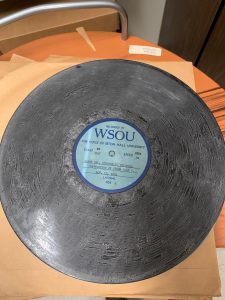
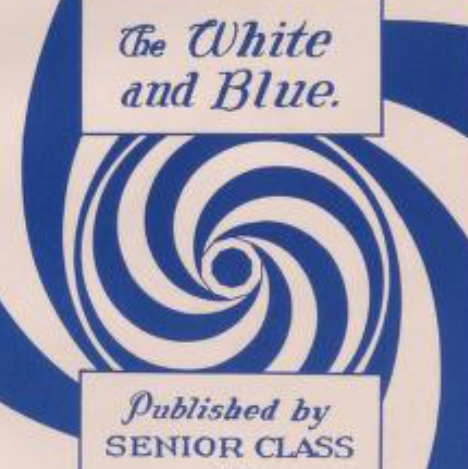
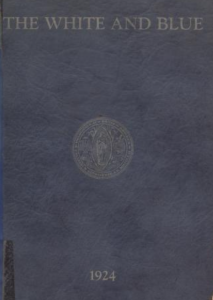
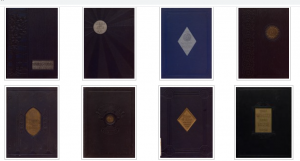
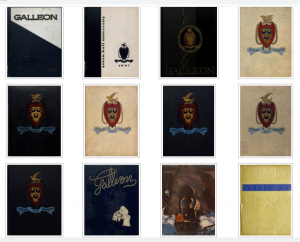
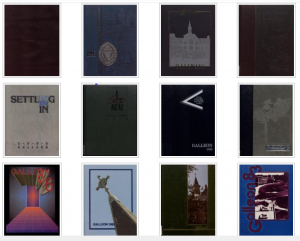
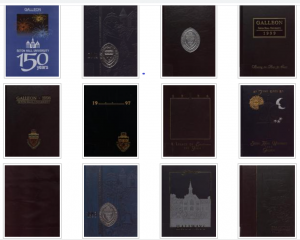
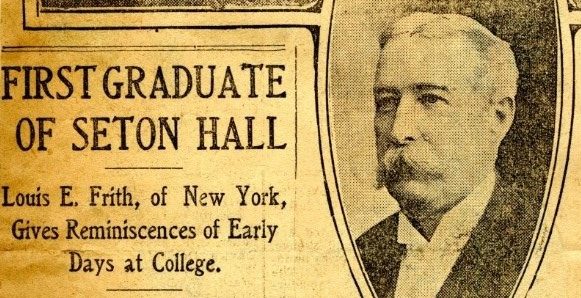
 impart a good education in the highest sense of the word – to train the moral, intellectual, and physical being. The health, manners, and morals of the pupils, are an object of constant attention. The system of government is mild and paternal, yet firm in enforcing the observance of established discipline. No pupil will be received from another College without unexceptional testimonials, and none will be retained, whose manners and morals are not satisfactory.”
impart a good education in the highest sense of the word – to train the moral, intellectual, and physical being. The health, manners, and morals of the pupils, are an object of constant attention. The system of government is mild and paternal, yet firm in enforcing the observance of established discipline. No pupil will be received from another College without unexceptional testimonials, and none will be retained, whose manners and morals are not satisfactory.”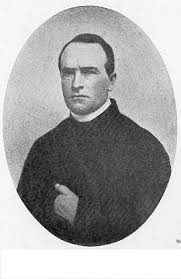
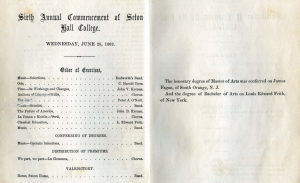 For more information on the 1862 academic year and other early 19th century details featuring studies at Seton Hall please consult our Undergraduate Catalog(ue) links found via the Archives & Special Collections – eRepository site at –
For more information on the 1862 academic year and other early 19th century details featuring studies at Seton Hall please consult our Undergraduate Catalog(ue) links found via the Archives & Special Collections – eRepository site at – 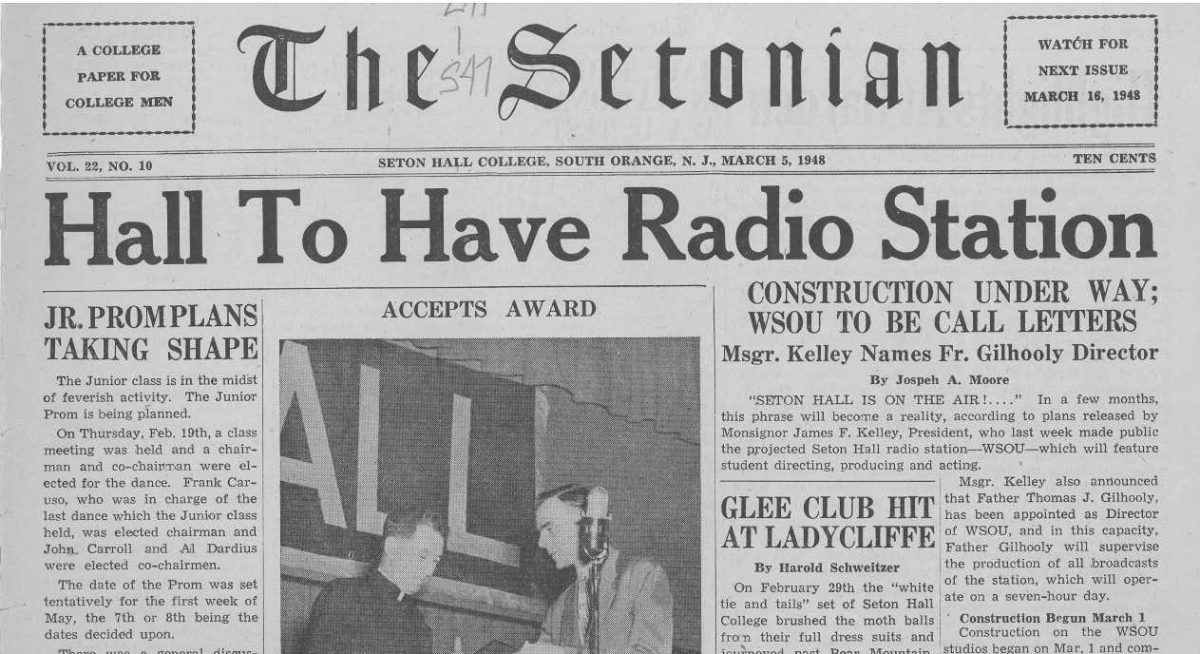
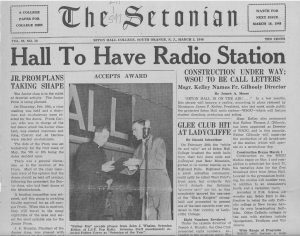
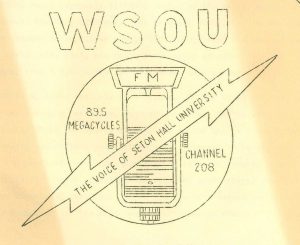
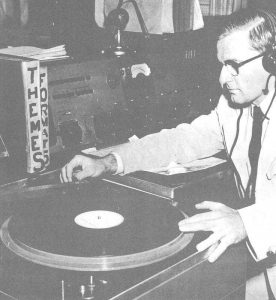
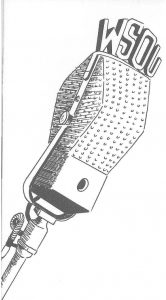
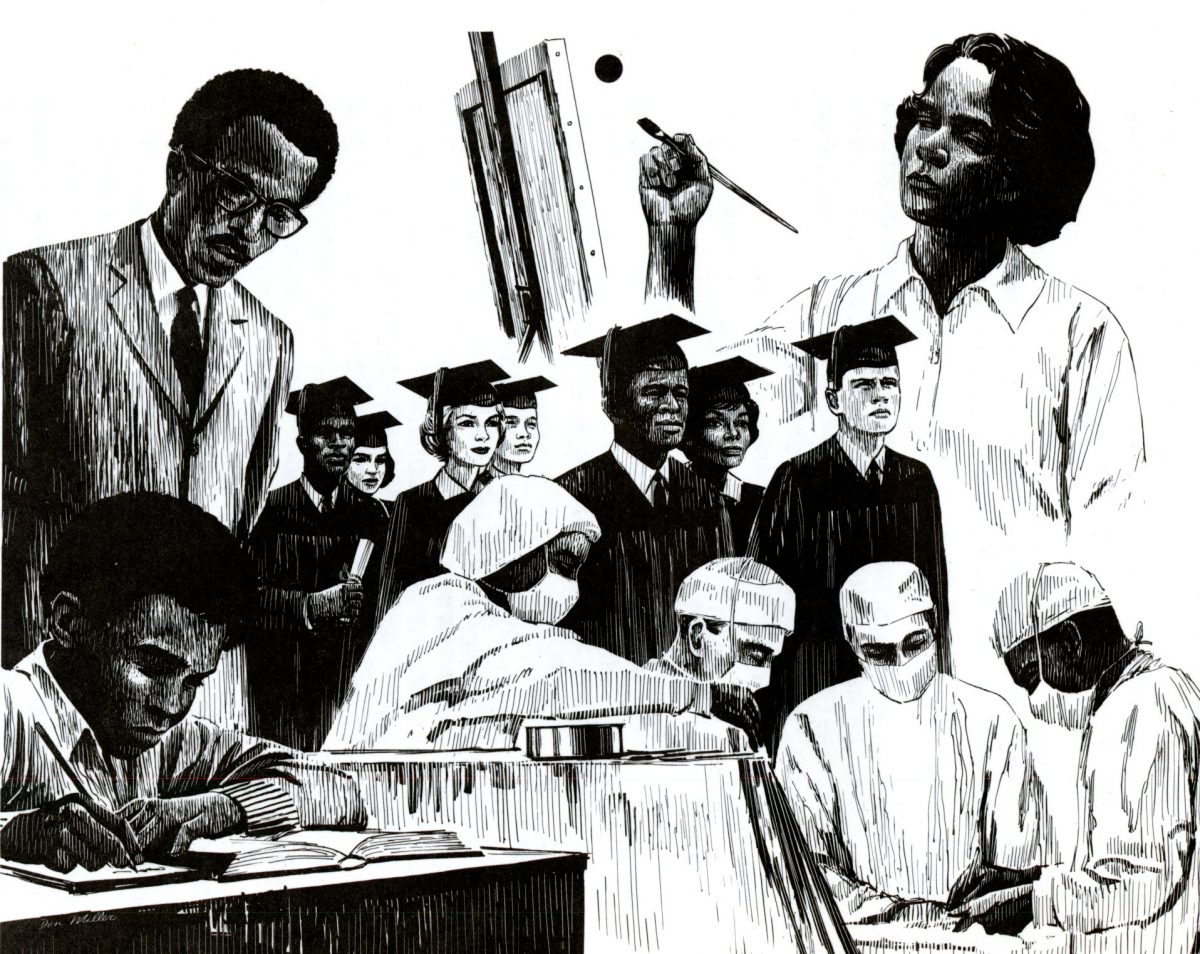
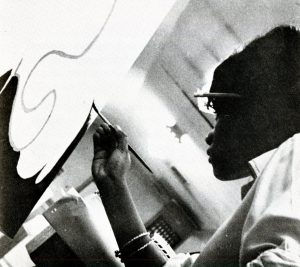
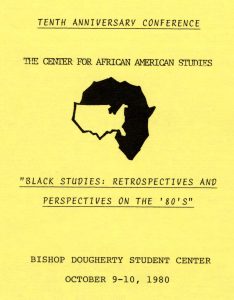
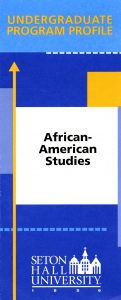 The archival records that correspond to the Center for African American Studies contain materials documenting the operation of the institute from 1970 until the late 1980s. Included within our holdings connected to this area are examples of budget data, office memoranda, course offering overviews, meeting minutes, newsletters, notices, and various operational files that show the inner-workings of the Center. More details about this collection can be found by consulting the following finding aid:
The archival records that correspond to the Center for African American Studies contain materials documenting the operation of the institute from 1970 until the late 1980s. Included within our holdings connected to this area are examples of budget data, office memoranda, course offering overviews, meeting minutes, newsletters, notices, and various operational files that show the inner-workings of the Center. More details about this collection can be found by consulting the following finding aid: 